At the time of the above article, Lundin Links and Largo would have had a significant number of visitors that would take a house let for a month, or two or three months. Newspapers would print a list of names and addresses of houses for let and bookings might be managed by an agent such as a local shopkeeper (such as Margaret Bremner at the Lundin Links Post Office). Some families would send luggage on ahead. Fathers might commute to the city during the week. Some house owners might move in with relatives for the season or cram into an attic or annex in order to capitalise on the demand for holiday accommodation.
It might be less of an invasion these days, but there's no place else I'd rather be at this time of the year - especially if the west coast weather keeps away!
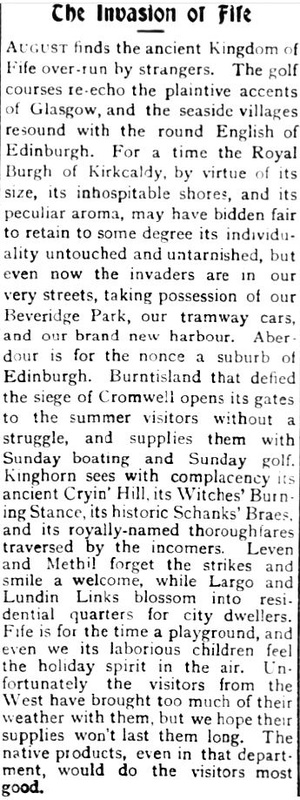

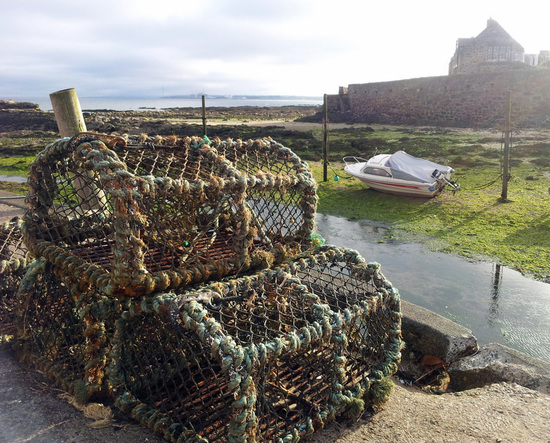
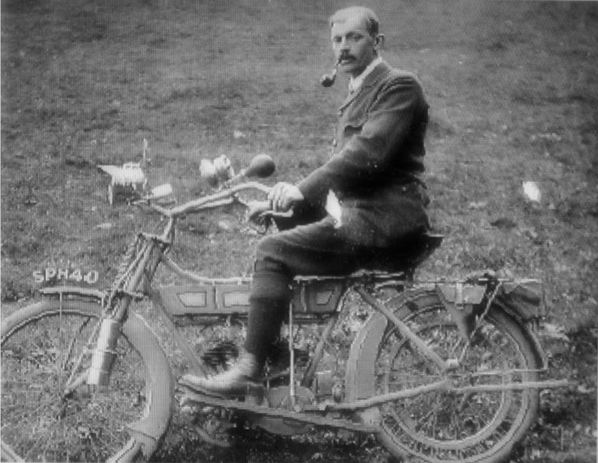
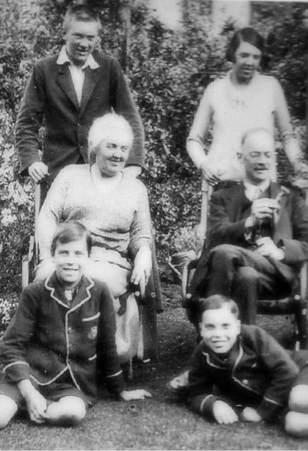
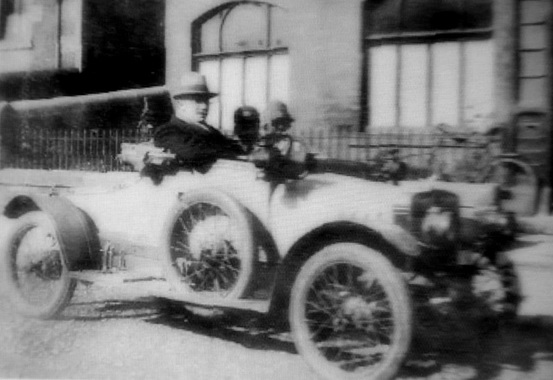
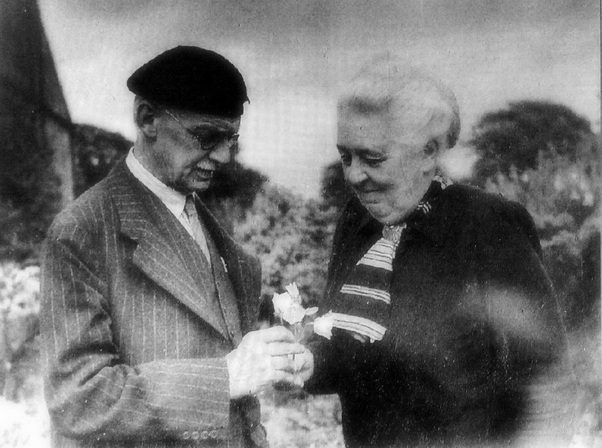
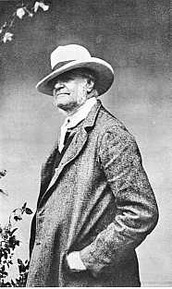
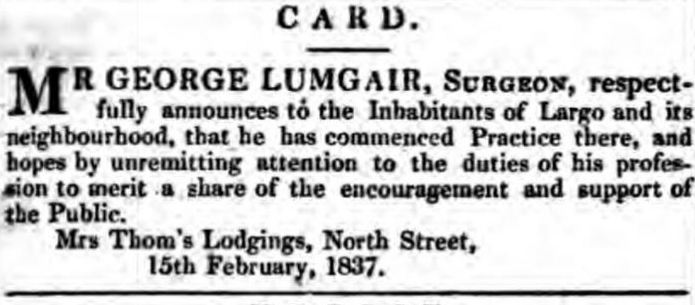
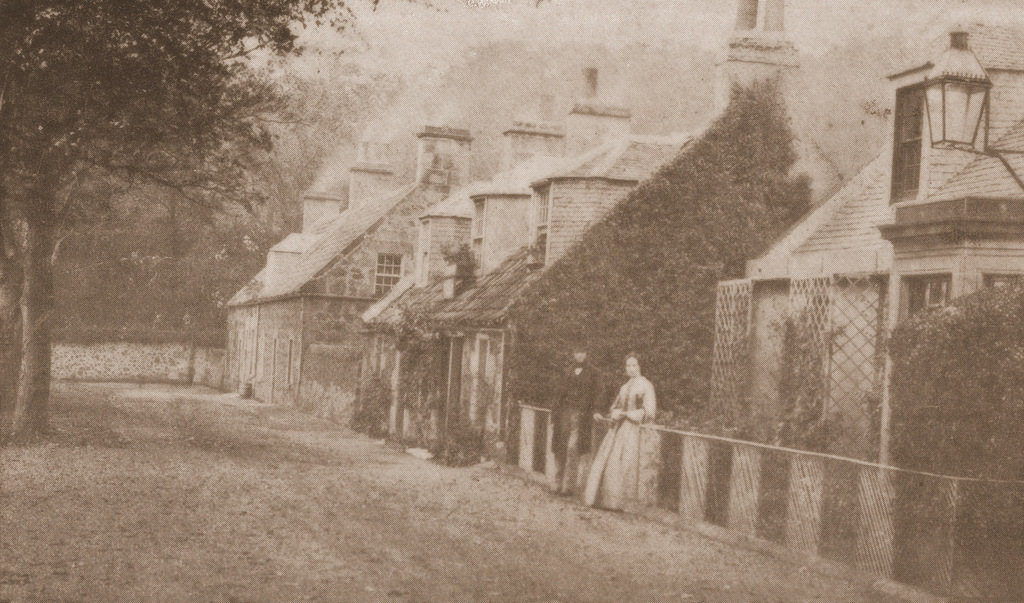

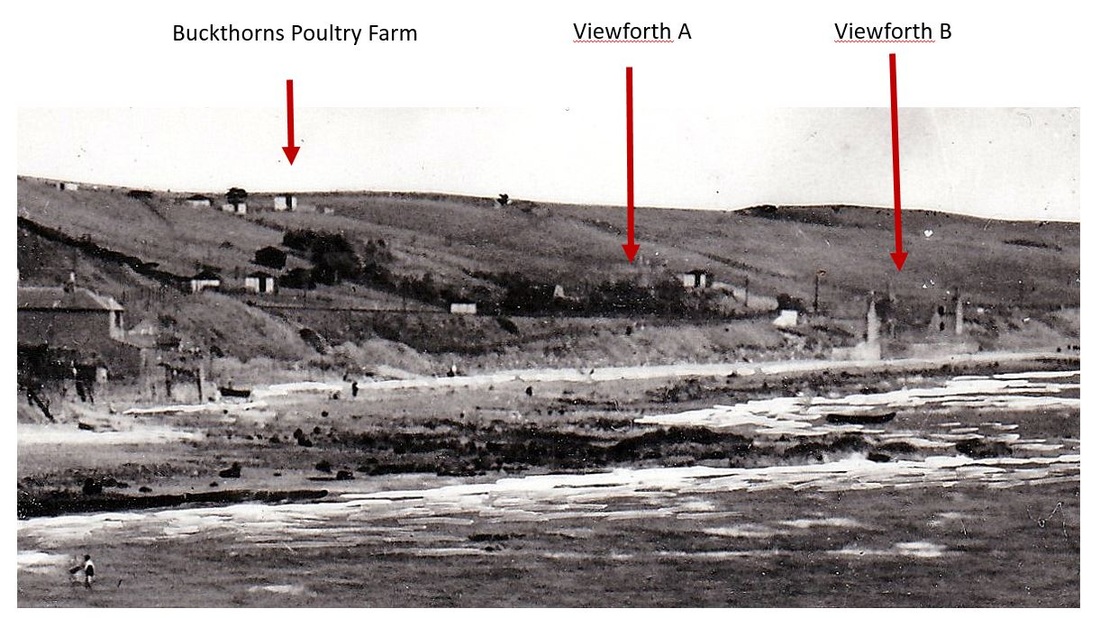
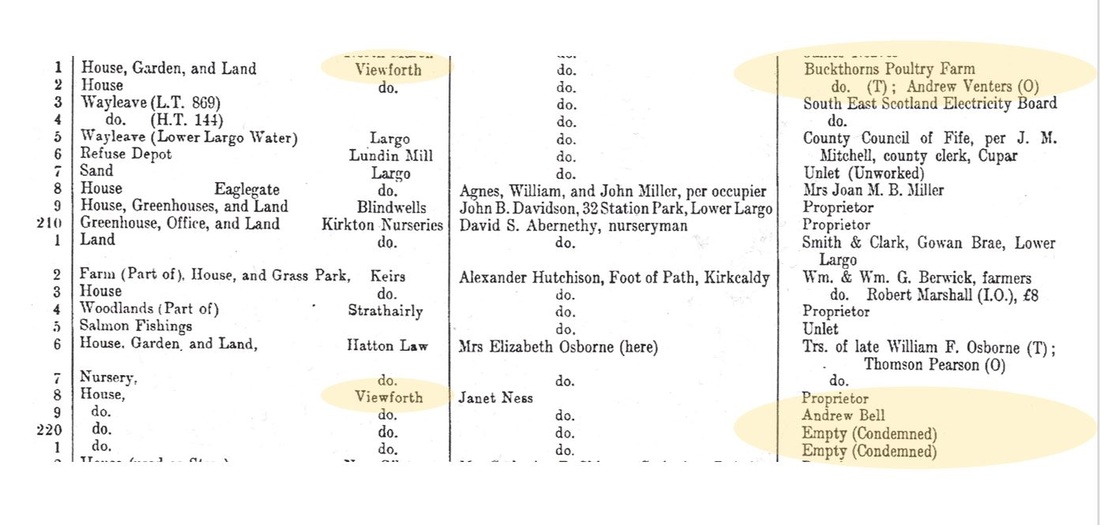
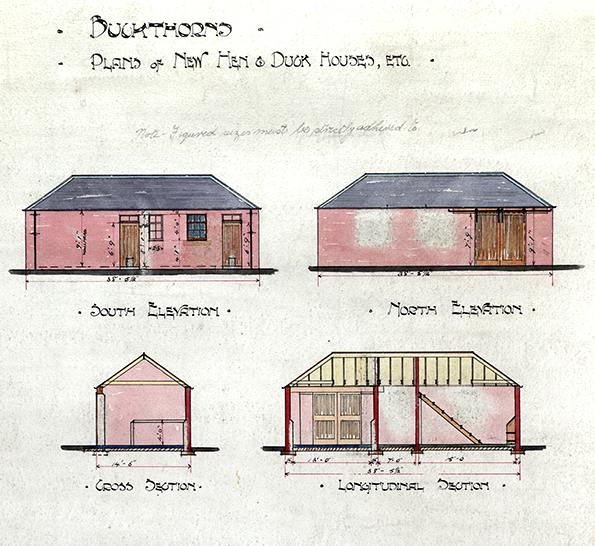
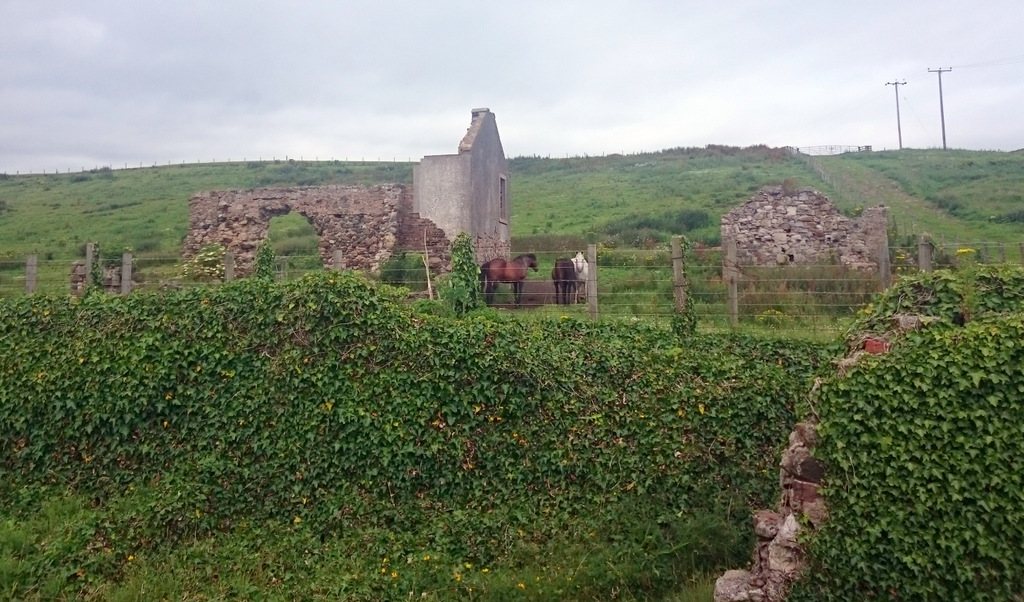
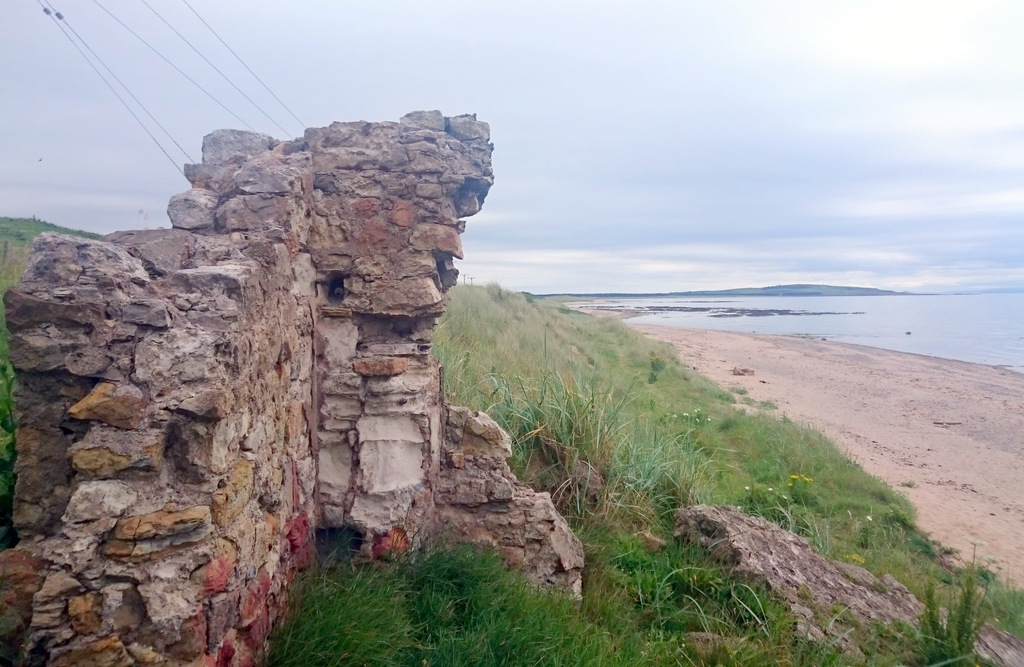
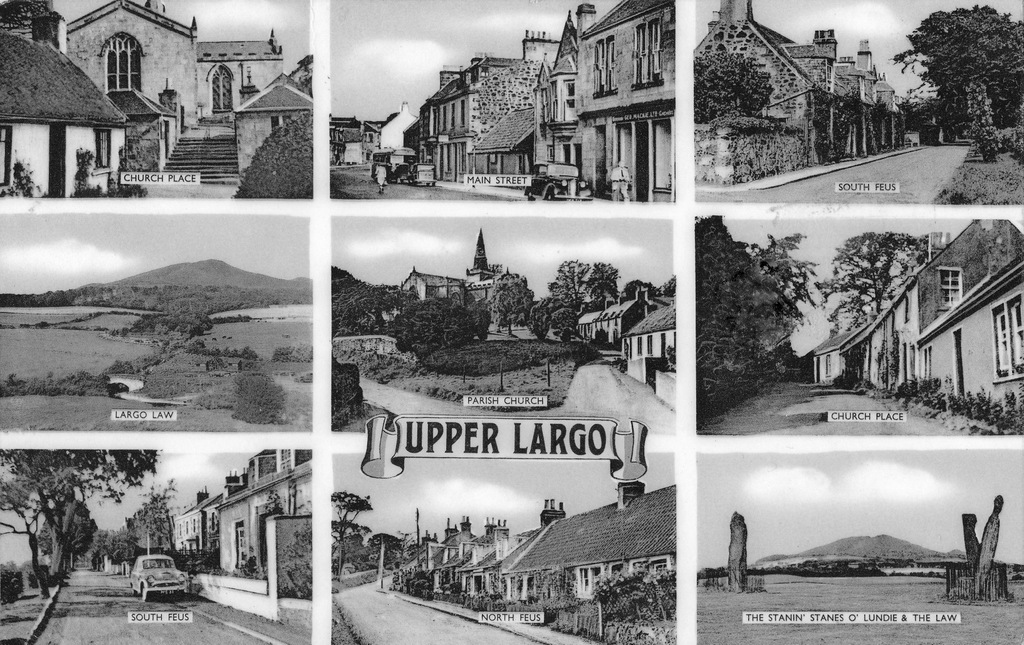
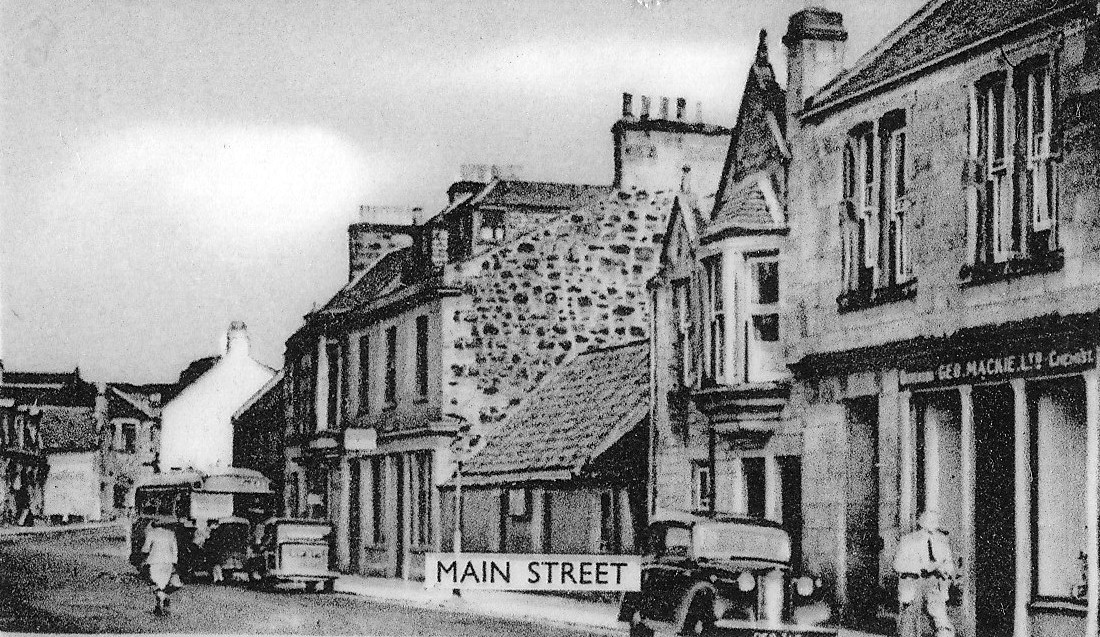


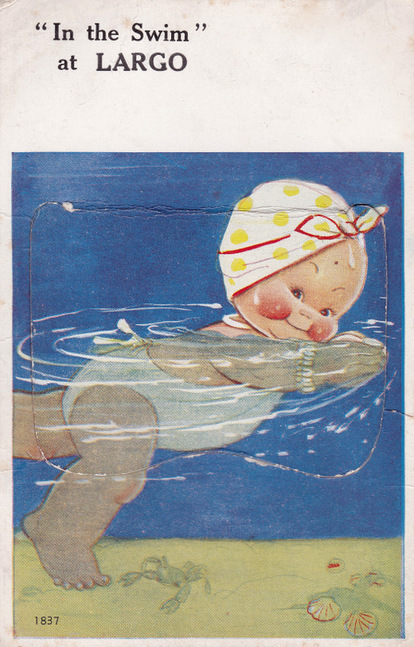

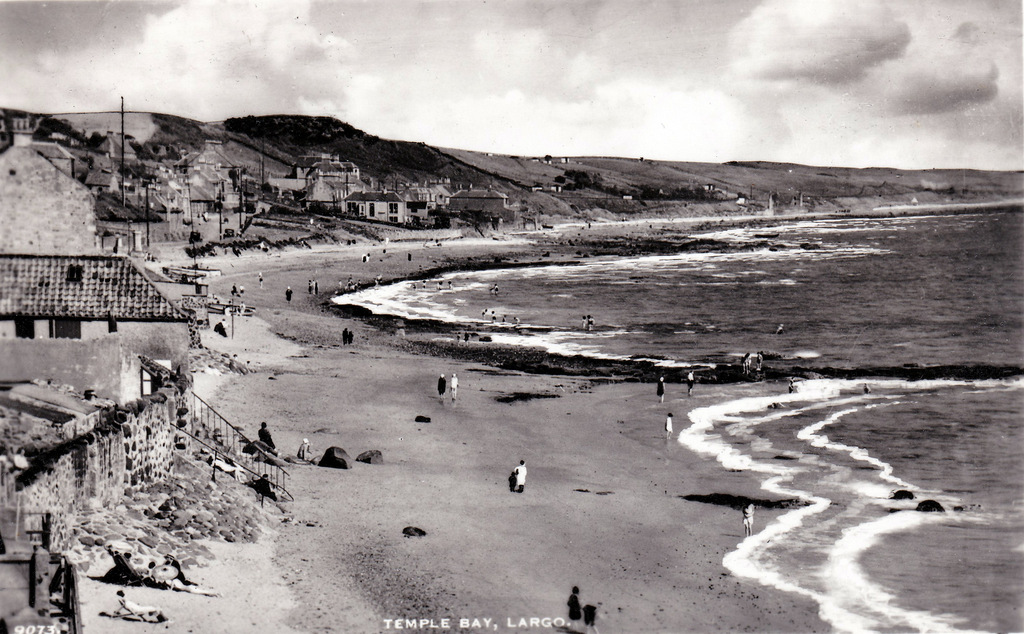

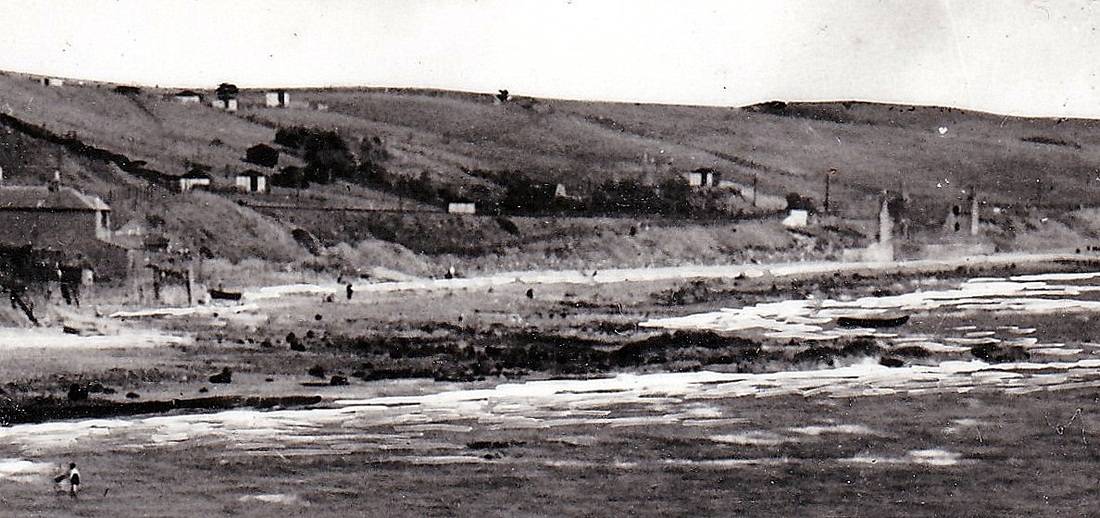
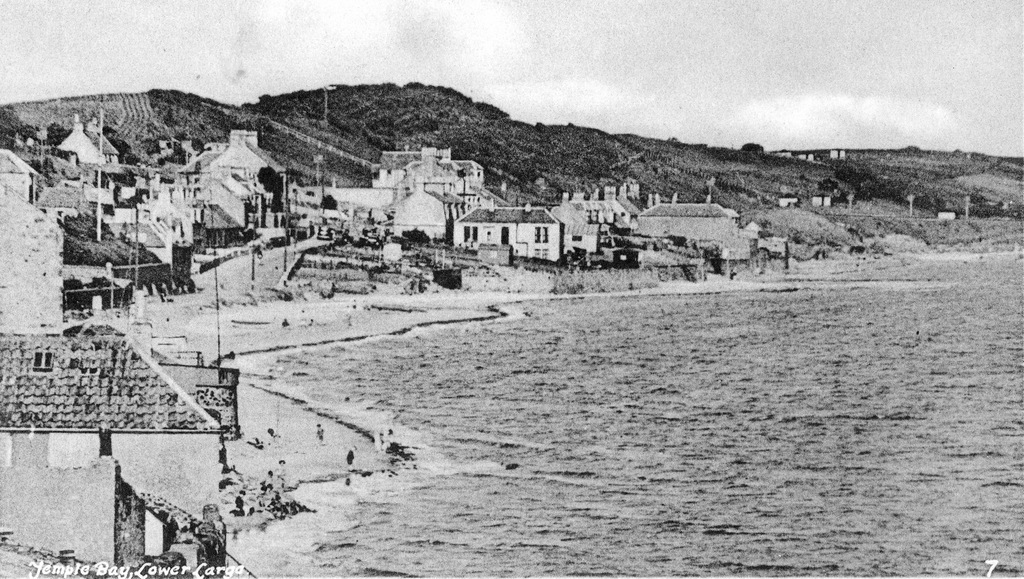
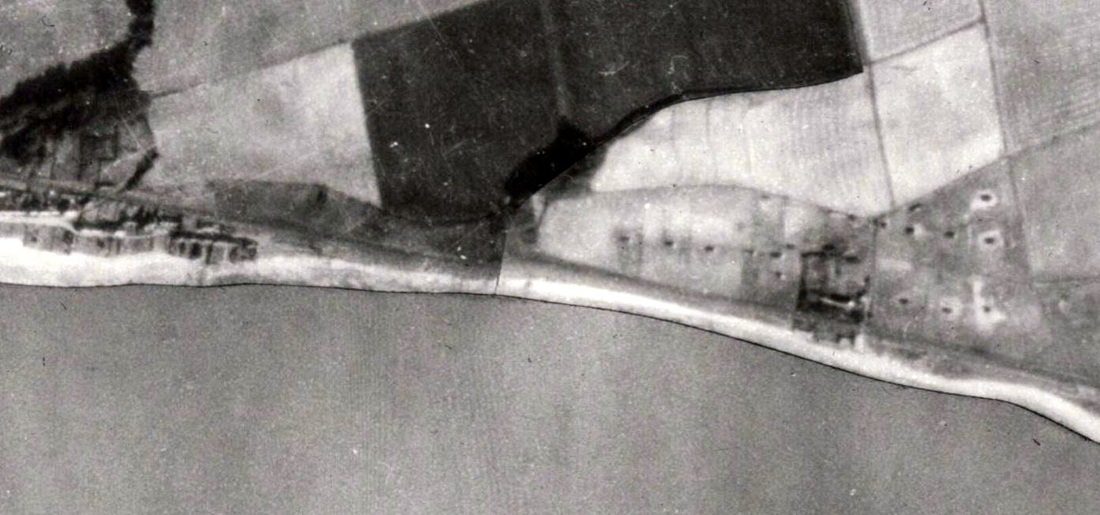
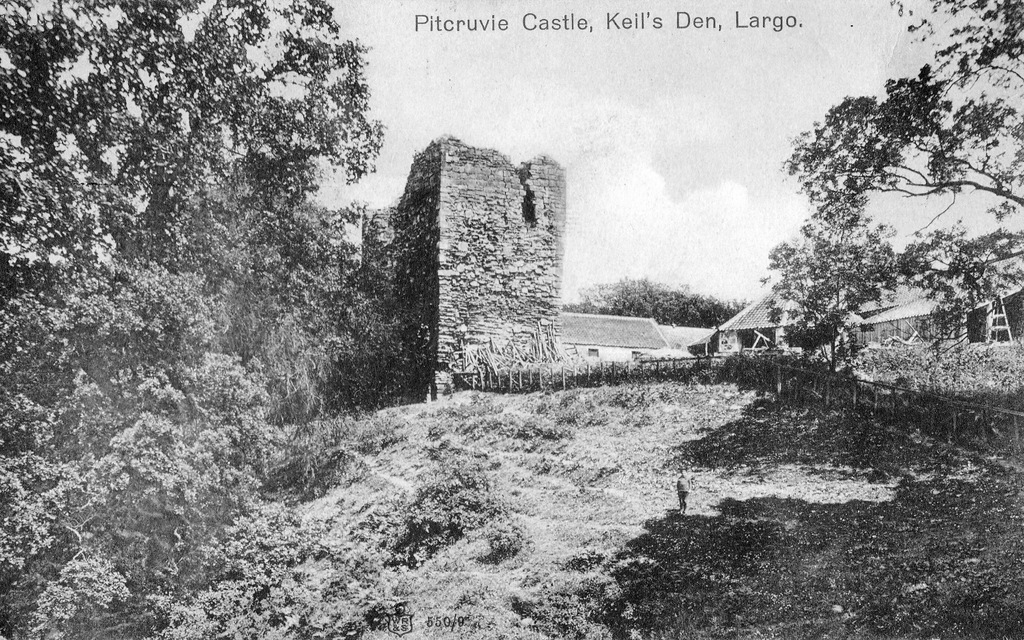
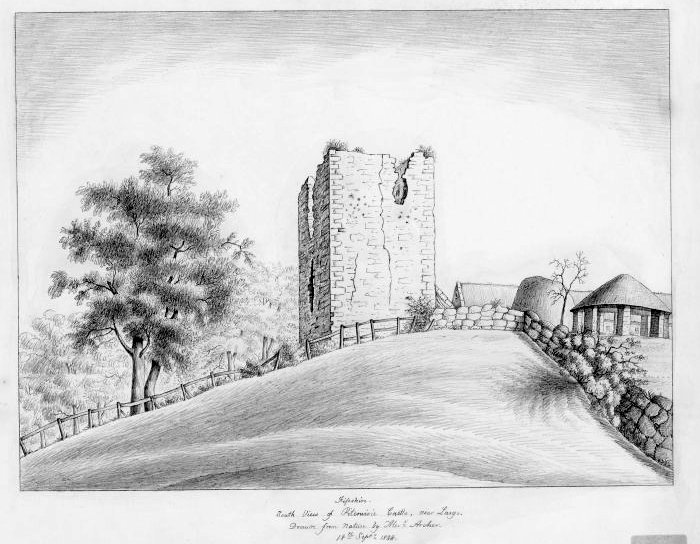
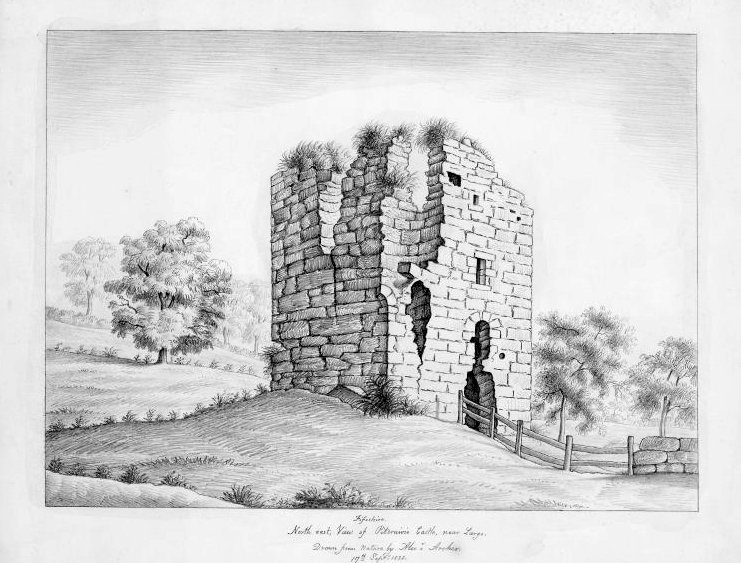
 RSS Feed
RSS Feed
